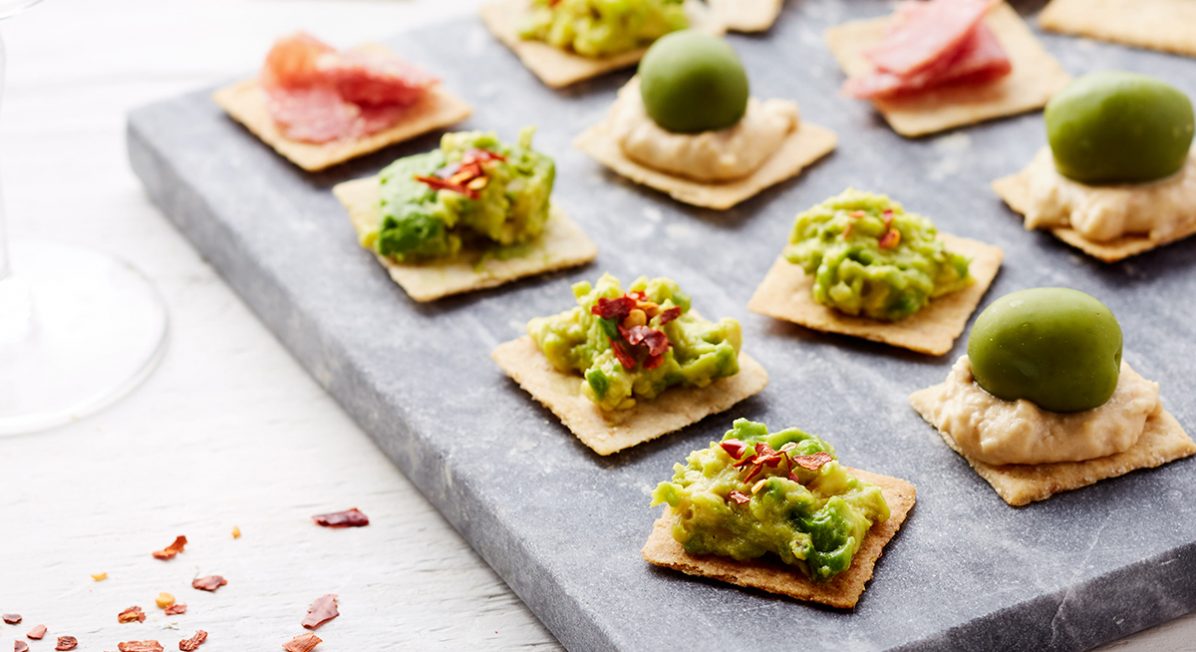What Does “Certified Gluten-Free” Mean?
Publish Date: May 21, 2021
Last Update: December 12, 2025
It is encouraging, and potentially confusing, to see tons of gluten-free pasta on grocery store shelves. Some of the brands are simply “gluten-free,” some are “Certified Gluten-Free,” and some are fully “grain-free.” So, if you just want to make some easy-to-digest fusilli and chill out at home, what’s your best bet? How do you distinguish between these highly credentialed pastas?
There’s no single right answer, because it all depends on how your body reacts to gluten. That said, we can help you interpret each label and what it might mean for different types of eaters. You still might have some trial and error, but the info below will be a helpful head start.
What’s the Difference Between “Gluten-Free” and “Certified Gluten-Free”?

The difference is who’s doing the regulating. The FDA regulates the use of the terms “gluten-free,” “without gluten,” “free of gluten,” and other similar language on packaged food and supplements. Alternatively, not-for-profit groups each have their own processes and standards for their “Certified Gluten-Free” labels. Every food, beverage, and supplement brand is subject to FDA regulations, but they sign up for not-for-profit certification voluntarily.
According to the FDA, to be called “gluten-free” or something similar, a product must fit one of the descriptions below, and it has to contain less than 20 parts per million (ppm) of gluten:
- Does not contain any gluten-containing grains (wheat, barley, rye, or triticale)
- Derived from gluten-containing grains, which have been processed to have the gluten thoroughly removed
Why 20 ppm? It’s “the lowest level that can be consistently detected in foods using valid scientific analytical tools,” per the FDA. Most people with celiac disease can tolerate food with trace amounts of gluten, and according to the Gluten Intolerance Group (GIG), foods that meet the FDA standards above are safe for gluten-free consumers.
Still, as with all things health and digestion, your mileage may vary. Some people who follow a gluten-free diet strive to meet a stricter standard than the FDA’s. That’s where the not-for-profits come in.
What Are the Standards of Different Certifying Organizations?
There are a handful of well-recognized organizations that offer gluten-free certification, and they’re all a little different. GIG, mentioned above, runs the Gluten-Free Certification Organization (GFCO). There’s also BRC Global Standards (BRCGS), the Gluten-Free Food Program (GFFP), and NSF International.
GFCO, the largest certifier of gluten-free products, makes sure that all the products with its seal stay below 10 ppm of gluten. Because it’s run by GIG, the certifier also helps with outreach to support groups, summer camps, and researchers.
BRCGS, which is endorsed by Beyond Celiac, focuses on minimizing the risk of contamination by inspecting a product’s manufacturing site and ingredients, and conducting an annual audit. They double-confirm that all gluten-free products in the U.S. have less than 20 ppm of gluten.
The GFFP, which is endorsed by the National Celiac Association, ensures that all products with its seal have less than 5 ppm of gluten. It also requires an annual evaluation to maintain certification.
Long story short, these organizations are more rigorous than the FDA alone, so if you’re super-sensitive to gluten or just a cautious type, you might look for a third-party certification.
Wait, But What About “May Contain Wheat”?

It’s not the most intuitive, but the terms “may contain wheat” or “processed on equipment that handles wheat” aren’t related to gluten. Those labels speak to people with wheat allergies, not celiac or gluten intolerance. To determine whether something’s safe to eat, it’s best to look for the “gluten-free” or “Certified Gluten-Free” label.
How Much Gluten Can a Person With Celiac Tolerate?*

The annoying but true answer is, it depends. Some research suggests that people with celiac can safely eat 10 to 50 mg of gluten per day. Already, that’s a range, and if you factor in the people who are gluten-intolerant without celiac disease, then the range gets even wider.
Now it’s time for a little quick math: Let’s assume a person can tolerate 50 mg of gluten a day, and they’re eating food with 20 parts per million of gluten (just beyond the maximum of what the FDA allows). That person can eat about 5.5 pounds of food—more than the average American eats in a day—before they cross the 50 mg threshold.
Now, let’s say the person can only tolerate 10 mg of gluten a day. Using the same math, that person would only have to eat about 1.1 pounds of food before reaching their threshold—significantly less than what the average American eats. A person with this level of sensitivity might want to do more home cooking, and shop with brands that specialize in gluten-free diets, like Schär and Jovial.
How Trustworthy Are Gluten-Free Labels?
They’re trustworthy. In 2017, the FDA sampled more than 250 products labeled as “gluten-free,” and only one of them was found to be in violation of standards. It was recalled.
That said, the FDA regulates only packaged food, not restaurant food. If you’re dining out, it’s smart to look for a third-party certification or to bring a list of questions.
What If I Still Can’t Digest Something That’s Certified Gluten-Free?
It happens! You may have surpassed your personal tolerance threshold, as explained above in the unexpected algebra section. For your own comfort, you may want to shift the balance of your diet toward naturally gluten-free produce, legumes, meat, and grains.
Some people on a gluten-free diet find inspiration in the Paleo lifestyle, which entails cutting out cereal grains. Just about everything on the Paleo menu is guaranteed to be gluten-free.
Certified Gluten-Free Products at Thrive Market
Get cooking and snacking worry-free with foods that meet the highest standards for purity.

Thrive Market Organic Gluten-Free Rolled Oats
Wake up with a warm bowl of this versatile whole grain. Top it with goji berries or blueberries for a superfood boost.

Regeneratively Grown Organic Cacao Powder
Bake your own gluten-free desserts with this minimally processed pantry staple. Or mix it with the sweetener of your choice and heated nondairy milk for an indulgent beverage.

Simple Mills Fine Ground Sea Salt Almond Flour Crackers
Nuts and cassava take the place of grains in this perfect companion to cheese, hummus, or bean dip.

Primal Kitchen Avocado Oil Mayo
Make a better egg or tuna salad with this creamy-tasting, nondairy spread.

Chomps Original Grass-Fed Beef Sticks
Antibiotic-free, grass-fed beef offers a smoky, peppery flavor—and 9g of protein per serving.
*This content is not intended to be a substitute for professional medical advice, diagnosis, or treatment. Always seek the advice of your physician or other qualified health provider with any questions you may have regarding a medical condition.